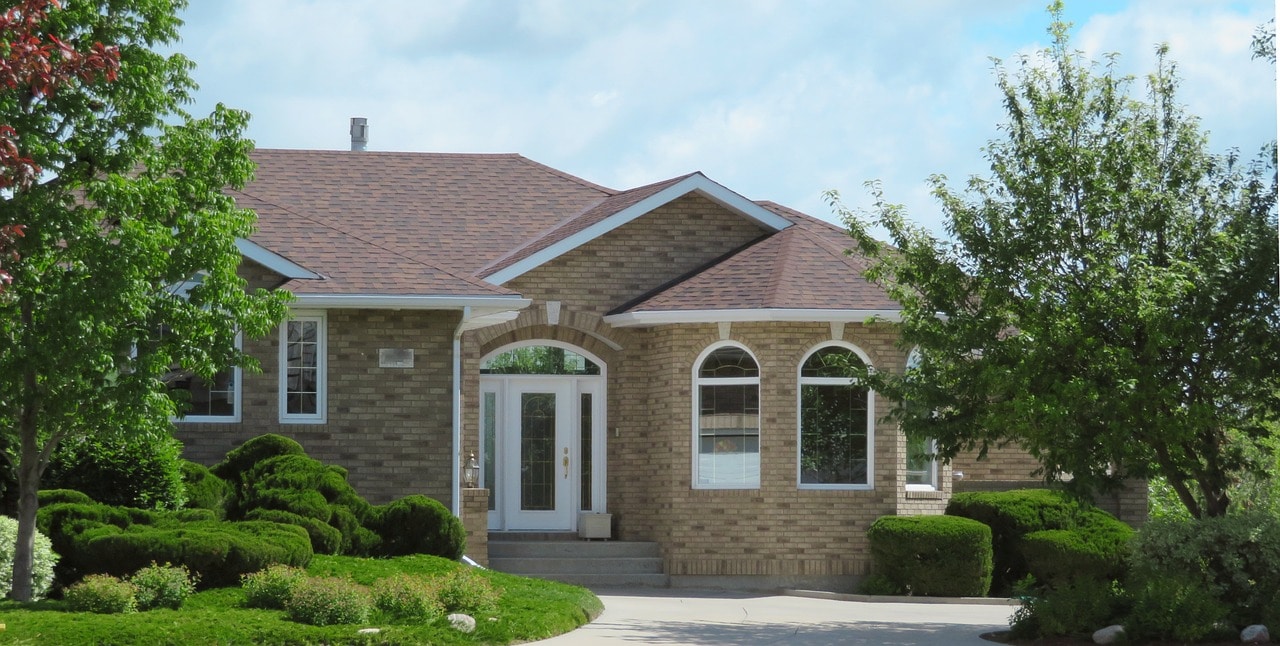Ghost Kitchens and Property Values: The Impact of Food Delivery Culture
The rise of food delivery culture has revolutionized the way we dine. Gone are the days of waiting in long lines or sitting in crowded restaurants, instead, we can now enjoy our favorite meals from the comfort of our own homes. This convenience has given birth to the concept of ghost kitchens – professional, commercial facilities solely dedicated to preparing food for delivery. However, with the increasing presence of ghost kitchens, questions arise about their impact on property values. Are these invisible kitchens affecting the real estate market? In this article, we will delve into the world of ghost kitchens and explore their impact on property values.
The Emergence of Ghost Kitchens
The idea of ghost kitchens is not new, as it has been around since the early 2000s. However, thanks to the growing popularity of food delivery apps, there has been a recent surge in the number of ghost kitchens around the world. These kitchens, also known as cloud, virtual, or dark kitchens, operate without a physical storefront, saving costs on rent and overheads. They solely focus on preparing food for delivery, catering to the needs of the busy, on-the-go generation.
The Role of Food Delivery Culture
The rise of food delivery culture can be attributed to the convenience and ease it provides. With a few simple clicks on our smartphones, we can have our favorite meals delivered to our doorsteps. This has led to an increasing number of people opting for food delivery over dining out. According to a Statista report, the food delivery market is expected to reach a value of $365 billion globally by 2030. As consumers continue to embrace this trend, the demand for ghost kitchens is also expected to rise.
The Impact on Property Values
The rise of ghost kitchens presents a unique scenario for the real estate market. On one hand, these invisible kitchens have the potential to increase the demand for commercial spaces in densely populated areas. On the other hand, the presence of a ghost kitchen in a neighborhood may have a negative impact on property values. Let’s explore both sides of the coin.
Positive Impact on Property Values
As the popularity of ghost kitchens continues to grow, so does the demand for commercial real estate in prime locations. With the rise of food delivery apps, many restaurants are turning to ghost kitchens to expand their business and cater to a larger market. This leads to an increase in the demand for industrial and commercial properties in urban areas with high foot traffic. Additionally, ghost kitchens often employ a large number of workers, boosting the local job market and increasing the overall desirability of the location.
Negative Impact on Property Values
However, the presence of a ghost kitchen in a neighborhood may also have a negative impact on nearby property values. These kitchens operate 24/7, causing a constant influx of delivery vehicles and a potential increase in noise levels. This may lead to disturbances for residents living in the vicinity, resulting in a decrease in property values. Furthermore, with the rise of ghost kitchens, the need for traditional restaurants may decline, leading to a decrease in demand for commercial real estate in certain areas.
The Future of Ghost Kitchens and Property Values
While the impact of ghost kitchens on property values is still unclear, one thing is certain – the trend of food delivery culture is here to stay. As ghost kitchens continue to gain popularity, it is essential to address any potential concerns to ensure a harmonious coexistence with the real estate market. Local authorities and property developers must also consider implementing regulations and guidelines to ensure the fair and safe operation of ghost kitchens in shared spaces.
In Conclusion
The emergence of ghost kitchens has undoubtedly disrupted the traditional dining experience and is slowly revolutionizing the way we consume food. While their impact on property values is still uncertain, it is clear that these invisible kitchens have the potential to shape the real estate market in the coming years. As with any new trend, it is crucial to carefully consider both the positive and negative impacts and take necessary actions to ensure a balanced and prosperous future for all stakeholders involved.









